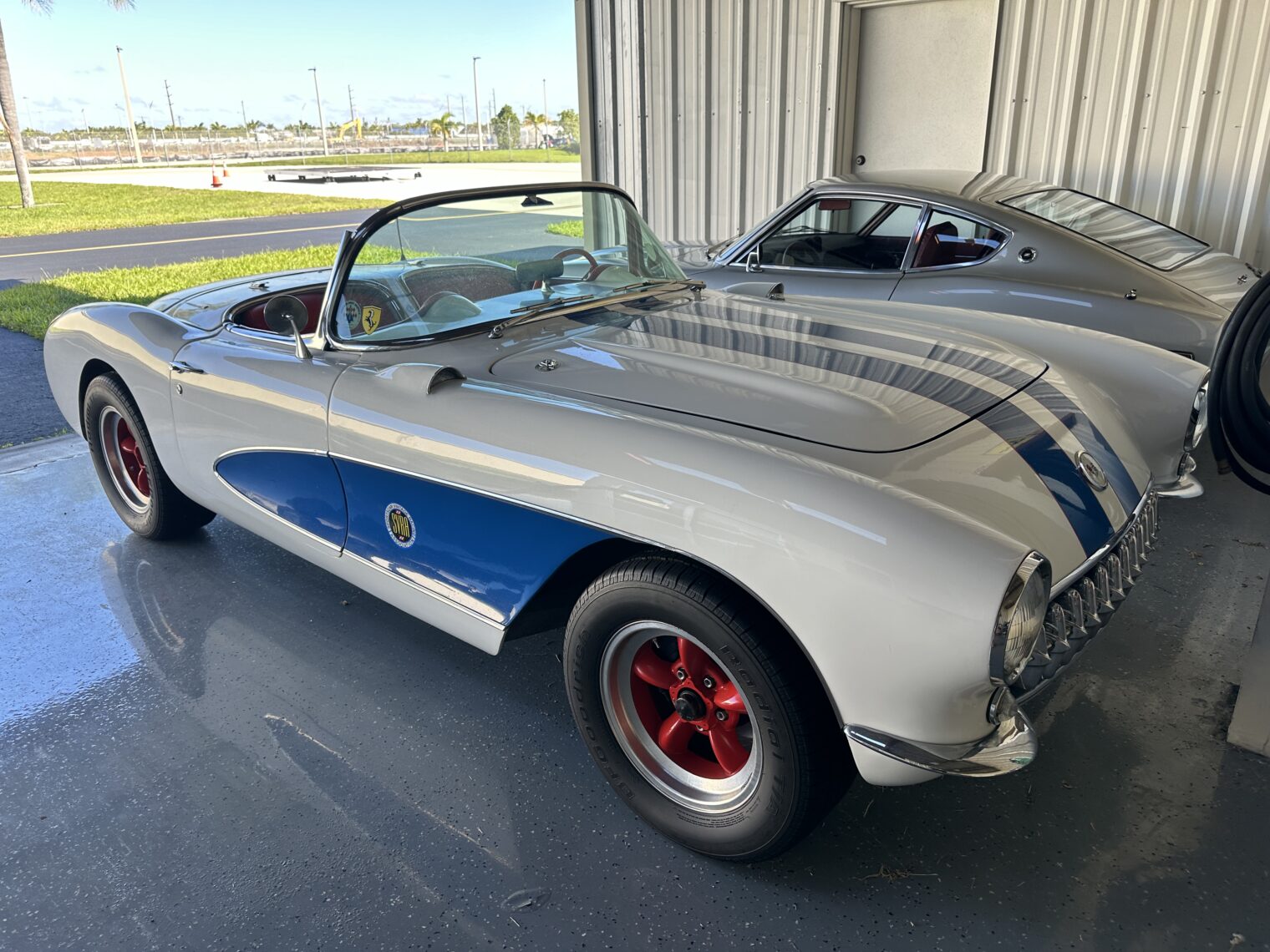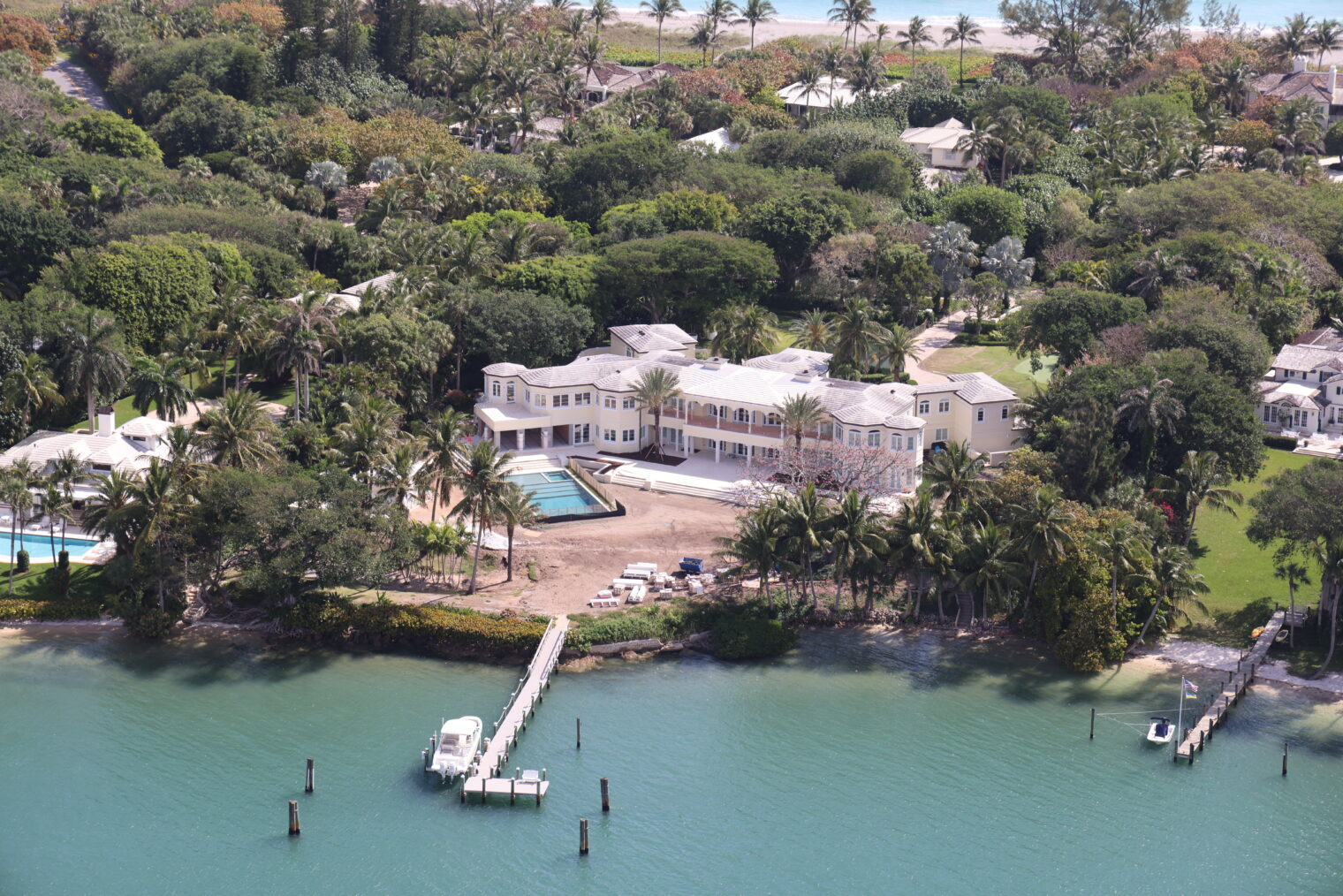I’m not sure how anyone comes up with a Gini coefficient of income inequality in the U.S. given that we have so many means-tested taxpayer-funded “not welfare” welfare programs. A person with zero income making the U.S. look extremely unequal may yet have the spending power to occupy a $60,000/year apartment, consume $30,000/year in health insurance, buy groceries, own a smartphone with service, and enjoy high-speed Internet at home via the new “free broadband” program.
There’s a new challenge in Maskachusetts… “Making Transit More Affordable: MBTA Board Approves Low-Income Fare Program to Benefit Riders in 170+ Communities” (MBTA.com):
… the MBTA today announced that the MBTA Board of Directors has unanimously approved the MBTA’s plan to implement a reduced fares program for riders with low-income. This program, which has been a topic of research and planning by the MBTA and many partners for the last decade, is an exciting improvement for fare equity.
The new program will provide riders who are aged 26-64, non-disabled, and have low income with reduced fares of approximately 50% off on all MBTA modes. Program participants will demonstrate eligibility via existing enrollment in programs with a cutoff of 200% of the federal poverty level (or lower).
The MBTA estimates the cost of the program to be approximately $52-62 million (including administrative costs, operating costs to meet induced demand, and fare revenue loss).
Without this program, a resident of Lockdown Land with 201% of the federal poverty level in income would be considered better off than someone with 200%. But with this program, the higher income person actually will have less spending power, assuming that he/she/ze/they ever uses public transit.
On net, any program likes this makes the quoted numbers on income inequality in the U.S. misleadingly extreme, which is good news, I suppose, for any political party that thrives by stoking envy.
Apropos of transportation, a friend of a friend’s hangar here in South Florida, complete with C1 Corvette and Nissan Fairlady Z (“Datsun” for Americans at the time):
And a photo of an almost-finished house that I snapped after departing from this airport:
(Jupiter Island, not to be confused with Jupiter; Intracoastal Waterway in the foreground and Atlantic Ocean in the background.)


Seems tragic to build a large house without surfside exposure. Not to mention that the boat is even smaller than the pool. I will never understand the poors!
“The new program will provide riders who are aged 26-64, non-disabled, and have low income with reduced fares of approximately 50% off on all MBTA modes.”
I’m guessing riders age 65+ already receive free or discounted fares. When I was a grad student at the University of FL, my student ID got me free bus transportation all over, and the bus system was great.
“Program participants will demonstrate eligibility via existing enrollment in programs with a cutoff of 200% of the federal poverty level”
This handy calculator shows that 200% of the 2024 MA federal poverty rate is $30,120.
https://povertylevelcalculator.com/poverty-level-calculator-results
The MBTA estimates the cost of the program to be approximately $52-62 million (including administrative costs…”
Administrative costs will certainly include salaries and benefits (health insurance, MA state DB pension plan!) several new hires to help administer the program.
Waiting for the auto blog poster to cover this week’s news cycle: Taiwan earthquake, rebuilding costs in ROC vs US, impact on microchip production. Surprised the stonk market didn’t flinch even though TSMC had an evacuation & taiwan is the world’s supply chain.
State-sponsored NPR says that the impact on TSMC was minimal: “They are expected to resume chip production throughout the night, according to TSMC.” https://www.npr.org/2024/04/03/1242564161/taiwan-earthquake-semiconductor-chips-tech
Do you think a US based fab would be able to pull this off (working right after a 7.3 earthquake)? More importantly, do you think it’s foolish that we are trying to build fabs in the US given the difference in caliber of engineers in the US?
@Anon: what is your evidence that US engineers are so inferior? And maybe if salaries were not artificially suppressed by 3 years of OPT, L-1, and H-1B engineering would attract intelligent Americans?
Anon: A fab is almost all machines. TSMC has had trouble getting slow-thinking Americans to set up their Arizona-based fab (see https://arstechnica.com/tech-policy/2023/07/tsmc-delays-us-chip-fab-opening-says-us-talent-is-insufficient/ ), but if they ever do get it built and turned on I think that American workers will be able to keep it running reasonably well. Note that worker productivity in a chip fab is off the charts. The value of what comes out per hour of labor is astonishing (since machines do all of the work and the capital investment is what drives the value). So it would be the perfect place for Bernie Sanders and Elizabeth Warren to argue that the 20 workers on the night shift aren’t getting their fair share of the $1 million/hour output value.
Supposedly the reason that we don’t have a significant share of the fab market is that we don’t subsidize construction of fabs and other countries do. I’m not sure that I believe it, but that’s the justification for shoveling tax dollars out to the world’s richest companies and their rich shareholders. If it is true that Japanese, Korean, and Taiwanese taxpayers are subsidizing fabs in Asia and Israeli taxpayers are subsidizing fabs in Israel I think the smart thing to do would be keep buying from these spendthrift foreigners! (Concentrate on selling them equipment to put into their subsidized fabs!)
Uh oh. Now it is delayed until 2028: https://www.cnn.com/2024/01/19/tech/tsmc-taiwan-arizona-project-delay-intl-hnk/index.html
Liu said construction on the shell of the factory had begun, but the Taiwanese chipmaking titan needed to review “how much incentives … the US government can provide.”
TSMC has a market cap of $650 billion. So Joe Biden enables the working class American to pay for the gender studies degrees of rich kids and also to pay for TSMC shareholders’ new yachts and jets.
@ Faucian Bargain, I was making a statement based on my personal experience about the effectiveness of the Taiwanese semiconductor engineering community vs the US semi industry.
Philip, Taiwanese have staked their survivor on being the most important hub of western semi chip making. They may drag their feet on purpose to guarantee that US is critically interested in protecting their island from Chinese Communist takeover. American politicians voiced opinion that US has to bring semiconductor fabs back stateside to protect from Communist takeover of Taiwan.
Anon, TSMC employs international engineering talent, same as Americans do.
@Anon: I understand that the US gave up leadership in semiconductors years ago, so I may agree with you on an industry-specific level.
It also seems that semi engineering in the US (perhaps in part because of not being at the forefront) comes with grueling hours and low pay despite extreme education requirements (often DUAL PhD’s in EE *and* ChemE).
That said, although the CHIPS Act was sold to taxpayers as both a NATIONAL SECURITY and JOBS PROGRAM, yet e already made plans to staff the plants almost entirely with a flood of FOREIGN NATIONALS:
https://eig.org/chipmakers-visa/
https://semiengineering.com/visa-shakeup-on-tap-help-solve-worker-shortage/
https://www.tomshardware.com/tech-industry/semiconductor-industry-proposes-new-chipmakers-visa-for-h1b-program-program-would-address-extreme-talent-shortages-in-chipmaking-industry
https://www.visaverge.com/news/biden-officials-detail-stem-visa-policy-and-semiconductor-workforce-immigration/
For the record, I agree, directionally, with some of the EIS concepts (compensation rather than BS masters’ degrees from 4th tier institutions. etc.), except that, rather than additional visas ON TOP OF of the excessive and abusive H-1B and OPT and L-1, the current cap exemptions should be eliminated, the cap should be reduced to around 10,000 visas annually, and rather than issuing by lottery, simply rank the proposed compensation and issue visas to the most valuable 10,000 workers and impose a 5% surtax.
MBTA firebox recovery for 2023 was 21%, meaning that everyone is already getting 79% off the variable cost of their rides. (And 100% off of capital costs.) Why not quintuple fares for anyone who is not impoverished? Isn’t public transportation worth it for them?
I hate traffic jams so much that I think people who ride public transit should be paid, not have to pay! The MBTA should give every rider a free coffee and donut during rush hour, not charge them $2.40 (or $1.10 for those who qualify for “reduced” fare).
The burgeoning Japanese car company wanted a really good name so they asked the Germans who are known for naming their car companies really well. The president asked a rep from a German marketing company for help. The asked when they needed the final product and the president said, “One week.” To which the German replied, “Dat Soon.”